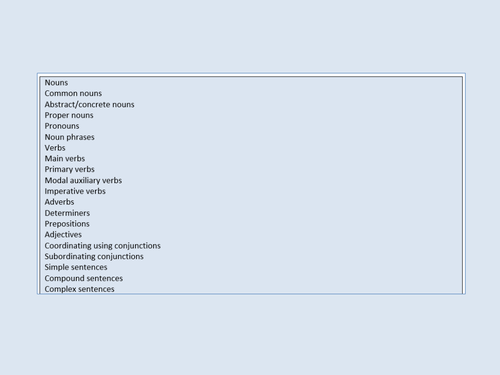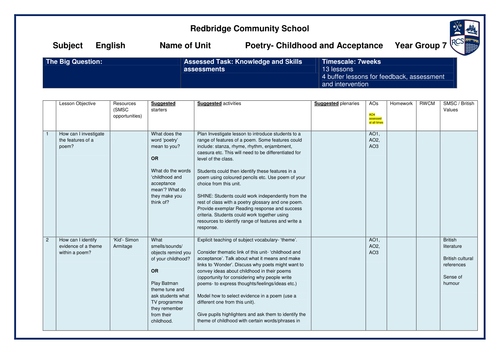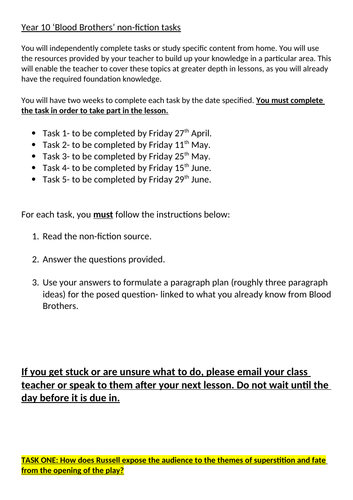English teacher's shop
Knowledge organisers Schemes of work for KS3 Full PowerPoints for KS3 and KS4 units of work Exemplar GCSE essays and responses GCSE revision resources Literacy lessons Non fiction booklets to accompany GCSE fiction Non fiction linked to Literature texts booklets





















